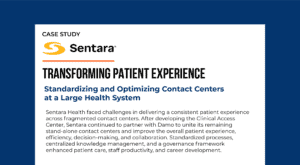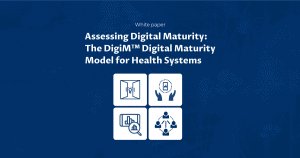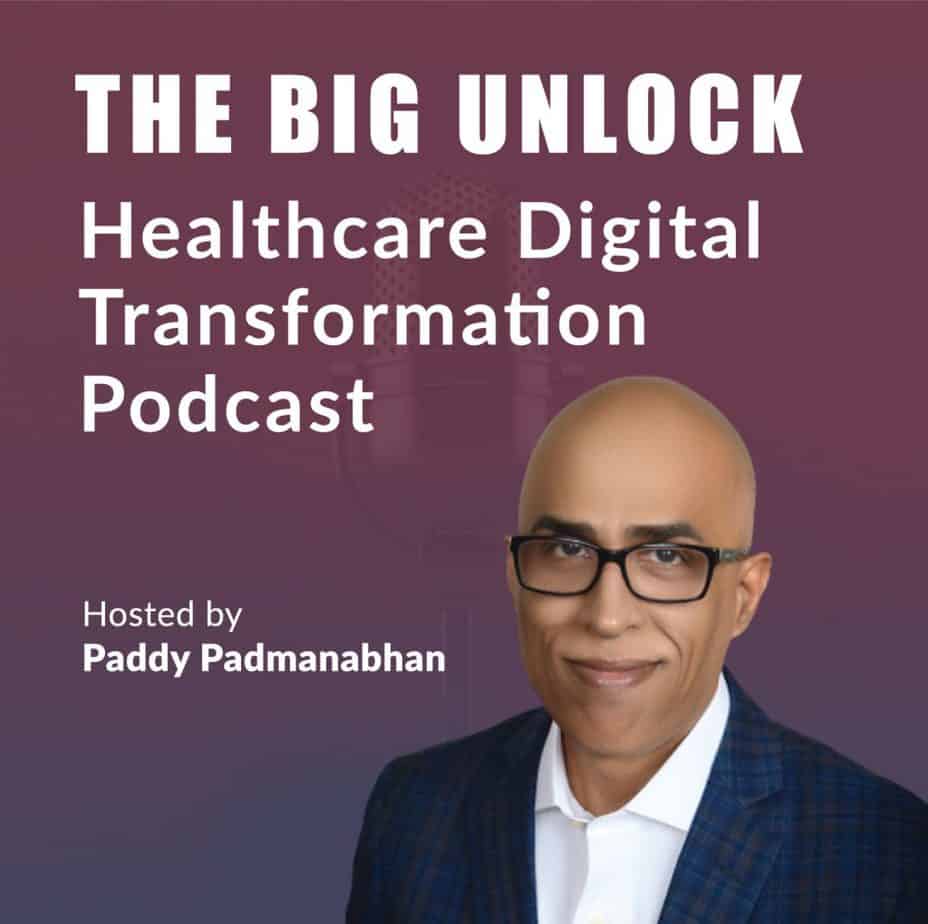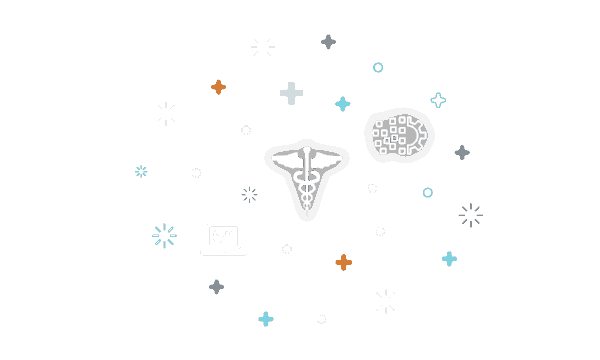What do frontline caregivers want from digitized healthcare?
Technology has proved to be a blessing for consumers who today have a plethora of care options and improved access to care. This is not the case with frontline providers who continue to suffer from burnout and fatigue.

Originally published on Healthcare IT News
During the early years of implementing electronic health records in hospitals, nearly 15 years ago, I recall an intensivist in the CCU warning that EHR systems are a disaster.
The reason? An inherent order form within the application prevented the physician from prescribing medicine in the dosage he required. Technology has its glitches, and all those who have been part of EHR implementations during those years will remember the challenges they have had to face.
Fast forward 15 years, and today, the electronic health record has become the central hub for all digital developments in healthcare. With the stabilization of the EHR systems, the demand to make healthcare more user-friendly has only increased.
The introduction of FHIR APIs and the interoperability ruling has further opened the market to a slew of consumer-friendly healthcare services that rival Uber and Amazon. The two decades of digital transformation have been expedited in the last two years due to COVID-19, which has made change management easier than it previously was.
Technology has proved to be a blessing for consumers who today have a plethora of care options and improved access to care. This is not the case with frontline caregivers who continue to suffer from clinician burnout and fatigue.
This article explores the impact and effects of digital transformation on frontline caregivers – clinicians, physicians, nurses, therapists, and other healthcare practitioners – what they want from digitized healthcare to make a difference in their lives as caregivers.
How are digital workflow changes affecting frontline caregivers’ ability to execute their jobs? Does the pandemic’s massive shift in digital transformation meet the needs of healthcare providers?
Digital transformation for frontline caregivers – workflows and what they need
Digital health has improved patient access to care, patient engagement, and care delivery but has done very little for the frontline caregivers. Frontline caregivers are burdened with administrative jobs like order entry, navigating through screens to view previous reports and prescriptions and fill clinical documentation forms.
They must use different solutions for in-person consultations, video consultations, and then documenting notes in the EHR. While this may not sound much, note that using software optimally involves a learning curve and time frame. Not to mention that the management may suddenly decide to change some or all of it, a few years down the line. All these leave a question for us on the table – Is it worth the trouble?
The primary digital touchpoints during the different phases of a clinician workflow include:
Clinical consultations. A good diagnosis requires attentive listening and a meticulous physical examination during an in-person or virtual session. Physicians are frequently distracted when required to record notes and findings into a system that is not intuitive to use.
According to Dr. Yaa Kumah-Crystal, assistant professor of biomedical informatics at Vanderbilt University Medical Center, the new era of using voice technology can become instrumental in making queries and commands in the EHRs to retrieve information during in-person visits.
This improves patient engagement, and the provider is not distracted by having to pull away and go to their computer screen to enter orders or record notes. However, there are limitations, such as the inability to comprehend differences in language and speech and privacy concerns. While Google transcribing solutions and comparable technologies are gaining traction, they have yet to establish themselves as reliable tools for documentation.
During a virtual consult, the physical examinations are aided by temperature sensors, pulse oximeters, and others. Remote patient monitoring devices and platform companies collaborate to create a continued experience of virtually conducting examinations and entering notes directly within the EHR.
This is one area where acceptance and implementation rates have been relatively high amongst clinical users. Therefore, scaling RPM and telehealth programs by integrating devices, telehealth platforms, and EHRs to meet consumer demands is an area that is getting attention.
Orders and clinical documentation. Once the consultation is done, the next stage is entering orders and completing documentation. A physician, nurse, or clinician interacts with clinical content such as computerized provider order entry order forms from within the EHR.
This involves moving through order entry, flowsheets, and clinical documentation screens. The forms for order entry and documentation are often poorly structured. They are designed not considering the ways of working and documenting and prescribing styles or norms of the frontline clinicians.
Such unplanned or generalized form designs trigger unnecessary warnings for drug-drug interactions or drug doses, leading to confusion and distraction. There have been instances when physicians have placed the dosage and route of administration of medications in special instruction fields of order forms due to a shortage of text space or the non-availability of required dosages and routes inside the order form itself.
Integrating voice technology into EHR screens and AI to comprehend what the clinician is saying can help eliminate an additional layer of post-work documentation time.
Viewing reports from ancillary systems and the importance of interoperability. A significant part of diagnosis often involves prescribing and reviewing patient reports. According to a poll taken in 2019, about 90% of ambulatory clinics and mid-sized health organizations still send reports through fax.
Even today, diagnostic centers fax or send pdf copies of the reports to clinics. Clinics hire additional staff to extract key observations and values from the faxed reports and place them in relevant areas of the EHR for reporting purposes simply because the systems are not integrated.
This is a waste of time, effort, resources and may also be prone to errors. This also delays diagnosis as doctors have to wait for the reports to be faxed or emailed and then for somebody to extract relevant insights from them.
By ensuring that radiology and laboratory information systems are interoperable with EHR systems and have bi-directional communication, frontline clinicians can focus on their primary job of caregiving.
Terminologies in clinical documents
The exchange of information between two disparate systems is meaningful only when both systems can understand the information contained in the documents. Clinical terminologies include a wide range of topics, and various specialties document them in distinct manners. PID can refer to Pelvic Inflammatory Disease for a gynecologist or a Prolapsed Intervertebral Disc in the case of an orthopedic surgeon.
The core of the information is lost until coded correctly in the backend with the correct terminology. Physicians’ speech and writing are coded with computer-readable terms to improve communication within systems.
For many categories of clinical data, the USCDI has established data class standards for different types of clinical data. By adhering to these data class standards, systems must ensure data interoperability for a seamless workflow for clinicians.
Meaningful implementation of digitized healthcare for frontline caregivers
Due to the numerous drawbacks of technology deployment in healthcare, clinicians are cautious of adopting any technology unless they are convinced of its ease of use and reliability. The “first, do no harm” concept is firmly ingrained in frontline clinicians.
Clinicians frown upon technology innovations that challenge their usual ways of functioning. The technology is all available, and it is the implementation that must be done right. According to Jim Beinlich, former chief data information officer at Penn Medicine, it is a lot less about engineering now and more about doing the implementation correctly.
A progressive strategy that builds end-user confidence by addressing thoughtful implementation during the consulting, ordering, documenting, and viewing reports can help physicians accept the digital transformation and align with their organization’s digital vision.
Digitize the existing processes and not alter the way clinicians or frontline caregivers work. Digitize to make their life easy, even if it means transforming one process at a time, however small or short process it is.

